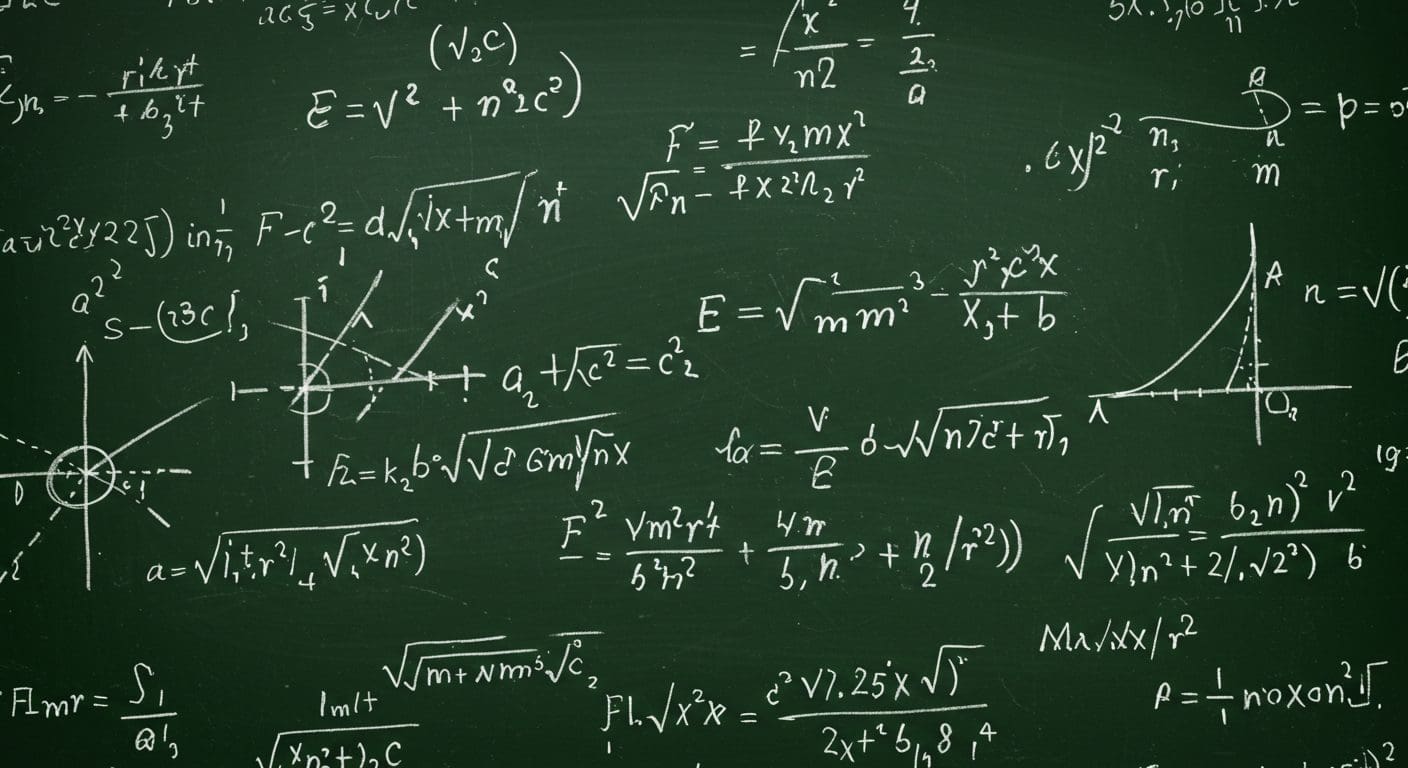Quantum computing holds immense potential for tackling complex problems in chemistry, particularly those encountered in valence bond (VB) methods, which, despite their chemical intuitiveness, are often limited by substantial computational demands when dealing with nonorthogonal orbitals. Alessia Marruzzo, Mosè Casalegno, and Piero Macchi, all from Politecnico di Milano, alongside Fabio Mascherpa and Bernardino Tirri from Politecnico di Milano and Eni S. p. A., and Guido Raos from Politecnico di Milano, now present a significant advance by extending the well-established Jordan-Wigner mapping to accommodate these nonorthogonal orbitals. This novel approach overcomes a key limitation in applying quantum computers to VB calculations, enabling efficient simulations of chemically relevant wavefunctions. The team’s work establishes a foundation for developing interpretable and computationally viable VB algorithms suitable for implementation on emerging quantum hardware, ultimately promising to expand the scope of VB methods to larger and more intricate chemical systems.
Valence Bond Theory for Quantum Computation
Scientists are advancing modern valence bond (VB) theory as a powerful method for describing the electronic structure of molecules, offering an alternative to traditional molecular orbital (MO) theory. This research focuses on harnessing the potential of quantum computers to solve complex problems in quantum chemistry, specifically calculating molecular energies, and addresses limitations in existing quantum algorithms that require efficient ways to represent the molecular Hamiltonian. The team utilizes non-orthogonal orbitals within the VB framework to achieve more accurate descriptions of electron correlation, employing N-body reduced density matrices (RDMs) as a central tool for representing the electronic wave function and simplifying the many-body problem. The research focuses on finding efficient ways to represent the molecular Hamiltonian for quantum computation, crucial for the Variational Quantum Eigensolver (VQE), a hybrid quantum-classical algorithm used to find the ground state energy of a molecule.
Efficient Hamiltonian representation is vital for reducing the number of qubits needed for a quantum computation, a major challenge in current quantum hardware. By applying second-order perturbation theory within the VB framework, they improve the accuracy of calculations and efficiently represent the VB wave function with non-orthogonal orbitals using N-body RDMs. VB theory is presented as a complementary approach to MO theory, offering different strengths and weaknesses, and this research aims to develop a more efficient and accurate VB-based approach to electronic structure calculations suitable for implementation on quantum computers. This work builds upon the historical development of VB theory, dating back to the work of Pauling and Slater, and recognizes the resurgence of interest in VB theory driven by new computational methods and the potential of quantum computing.
Nonorthogonal Orbitals, Jordan-Wigner Mapping for Quantum Chemistry
Scientists are pioneering new computational strategies to address the challenges inherent in quantum chemistry, particularly within valence bond (VB) methods, which can be hampered by the computational cost of using nonorthogonal orbitals. Recognizing limitations in existing fermionic-to-spin mappings designed for orthonormal orbitals, the study developed an alternative Jordan-Wigner-type mapping specifically tailored for nonorthogonal systems. This innovative approach aims to enable efficient quantum simulations of VB-type wavefunctions, paving the way for chemically interpretable and computationally feasible algorithms on emerging quantum devices. To reduce computational cost, scientists explored multiscale embedding methods, such as quantum mechanics/molecular mechanics (QM/MM), where critical regions of a system are treated with high-level quantum mechanical techniques while the surrounding environment is modeled with less intensive methods.
Recognizing the potential of machine learning (ML) and artificial intelligence (AI), scientists integrated these techniques into quantum chemical workflows to predict molecular properties, accelerate potential energy surface evaluations, and optimize functional or basis set selection. The team highlights the Variational Quantum Eigensolver (VQE), a hybrid quantum-classical method designed for approximating ground-state energies on current noisy intermediate-scale quantum (NISQ) devices, as a promising avenue for future development. This approach promises to unlock new possibilities for simulating complex chemical systems and gaining deeper insights into chemical bonding, ultimately advancing the field of quantum chemistry.
Fermionic Mapping for Nonorthogonal Quantum Simulations
Scientists have developed a novel fermionic-to-spin mapping specifically tailored for nonorthogonal spin orbitals, a crucial step towards enabling efficient simulations of valence bond (VB) type wavefunctions on quantum computers. This work addresses a significant limitation in VB methods, which, despite offering chemically intuitive descriptions of bonding, traditionally suffer from high computational cost due to the nonorthogonality of the orbitals used in calculations. The research focuses on translating the fermionic Hamiltonian, which describes the electronic structure, into qubit operators suitable for quantum hardware. This is achieved through a new mapping technique that transforms fermionic creation and annihilation operators into a weighted sum of Pauli strings, allowing for quantum simulation.
Modern spin-coupled generalized valence bond (SC-GVB) approaches, which include orbital optimization, produce compact wavefunctions, potentially advantageous within a quantum computing framework. By mitigating the computational demands of VB strategies, this research opens new possibilities for simulating complex chemical systems and gaining deeper insights into chemical bonding. This breakthrough delivers a crucial advancement in the field of quantum chemistry, potentially enabling more accurate and efficient simulations of molecular structures and reactions.
Nonorthogonal Orbitals Enable Efficient Quantum Chemistry
This work presents a new mapping technique designed to improve the efficiency of quantum computations used in valence bond (VB) methods, a chemically intuitive approach often limited by computational cost. Researchers addressed a key challenge in applying these methods to quantum computers, namely the handling of nonorthogonal orbitals, for which existing mappings were not well-suited. The researchers successfully implemented and tested their mapping within the PennyLane quantum computing framework, modifying existing code to accommodate nonorthogonal orbitals. This advancement paves the way for more computationally feasible VB algorithms on near-term quantum devices, potentially extending their application to larger and more complex chemical systems. Preliminary results confirm the feasibility of the encoding and demonstrate that the new mapping maintains a comparable scaling to conventional methods used with orthogonal orbitals.
👉 More information
🗞 Extension of the Jordan-Wigner mapping to nonorthogonal spin orbitals for quantum computing application to valence bond approaches
🧠 ArXiv: https://arxiv.org/abs/2509.12680

